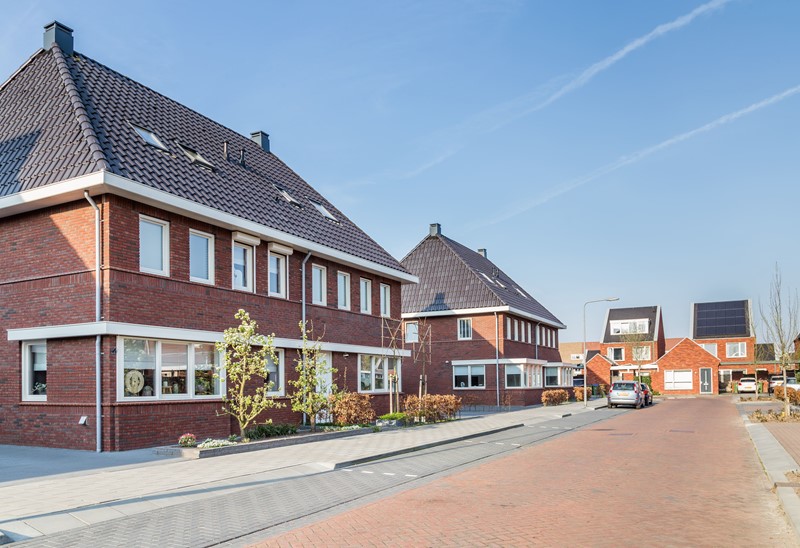The issue in this appeal is whether the owner of a house on a private road has acquired a right of way on foot over part of the road belonging to one of his neighbours.
Background:
Barratt Homes completed a new housing development adjoining Victoria Park in 1999 on two existing public roads, Pool Road and Victoria Park Road, which run in parallel. The development also included nine new houses situated on a new private road immediately adjacent to the park and connecting Pool Road and Victoria Park Road. Although the new private road linked two existing public highways, it has never been adopted and remains private land.
Mr. Sagier has owned No. 39 Pool Road since 2015, while Mrs. Kaur has owned No. 60 Victoria Park Road since 1999 and has always lived there.
The first address occupied in 1999 complained to Barratt that there was nothing to stop vehicles from using it as a convenient cut-through to get from Pool Road to Victoria Park Road and a barrier was erected to prevent vehicles from passing, though not pedestrians or cyclists. Over the years, the owners took some self-help measures by placing signs that read 'no public right of way' in addition to barriers to preclude access to the private road. Since 1999, pedestrians made very regular use of the private road and the signs were repeatedly removed. The metal barrier installed in 2001 did not block the whole width of the private road, meaning pedestrians could in effect still pass. In September 2020, Mrs. Kaur and her late husband put up a higher wooden fence blocking the gap between the metal fence and the park railings, thereby making it impossible for pedestrians to pass. Later, in 2021, Mrs Kaur and her late husband took away the picket fence and the original metal fence, which had stood for twenty years, and replaced them with a much higher metal fence which is impossible to jump or climb over.
In December 2020, after the erection of the picket fence, but before the installation of the higher metal fence, Mr. Sagier applied to HM Land Registry for the registration of a right of way said to have been acquired by long use. His case was that he and his predecessor as owners of No. 39 had used part of the drive of No. 60 on foot since 1999. Mrs. Kaur objected to the application and the matter was referred to the First-tier Tribunal (FTT). The FTT directed the Chief Land Registrar to cancel Mr. Sagier’s application for registration of a private right of way over part of a private road belonging to Mrs. Kaur. Mr. Sagier appealed.
Decision:
The Upper Tribunal (Lands Chamber) (the UT) allowed the appeal.
The UT found that the signs were ambiguous and would not have been understood by reasonable residents of the private road as objecting to their use of the route. The sign would have been understood by a reasonable user as targeting the general public, not the residents.
Regarding the prescription, the UT ruled that the FTT erred in dismissing the claim under Section 4 Prescription Act 1832 as the physical obstruction of way existed for less than 12 months and was, therefore, not sufficient to rule out reliance on a claim under the Act whereby 20 years of use could already be shown. The oral protest was also deemed irrelevant as it occurred after the 20-year period.
The UT directed the Land Registry to register the right of way over Mrs. Kaur’s land for the benefit of Mr. Sagier’s property.
Implications:
This decision is a good reminder to take all necessary actions to avoid a right of way to be created before it is too late. Self-help measures can be considered valid by the courts and tribunals, but they need to be clear. A sign might not always be sufficient and will depend on the context and circumstances. The main question is what the sign would convey to a reasonable user who also owns a house on the private road. Ambiguous warnings are not sufficient to render usage contentious.
An oral protest could be relevant if it is done before the 20-year period elapses. Otherwise, it will not have any impact on the prescription.

